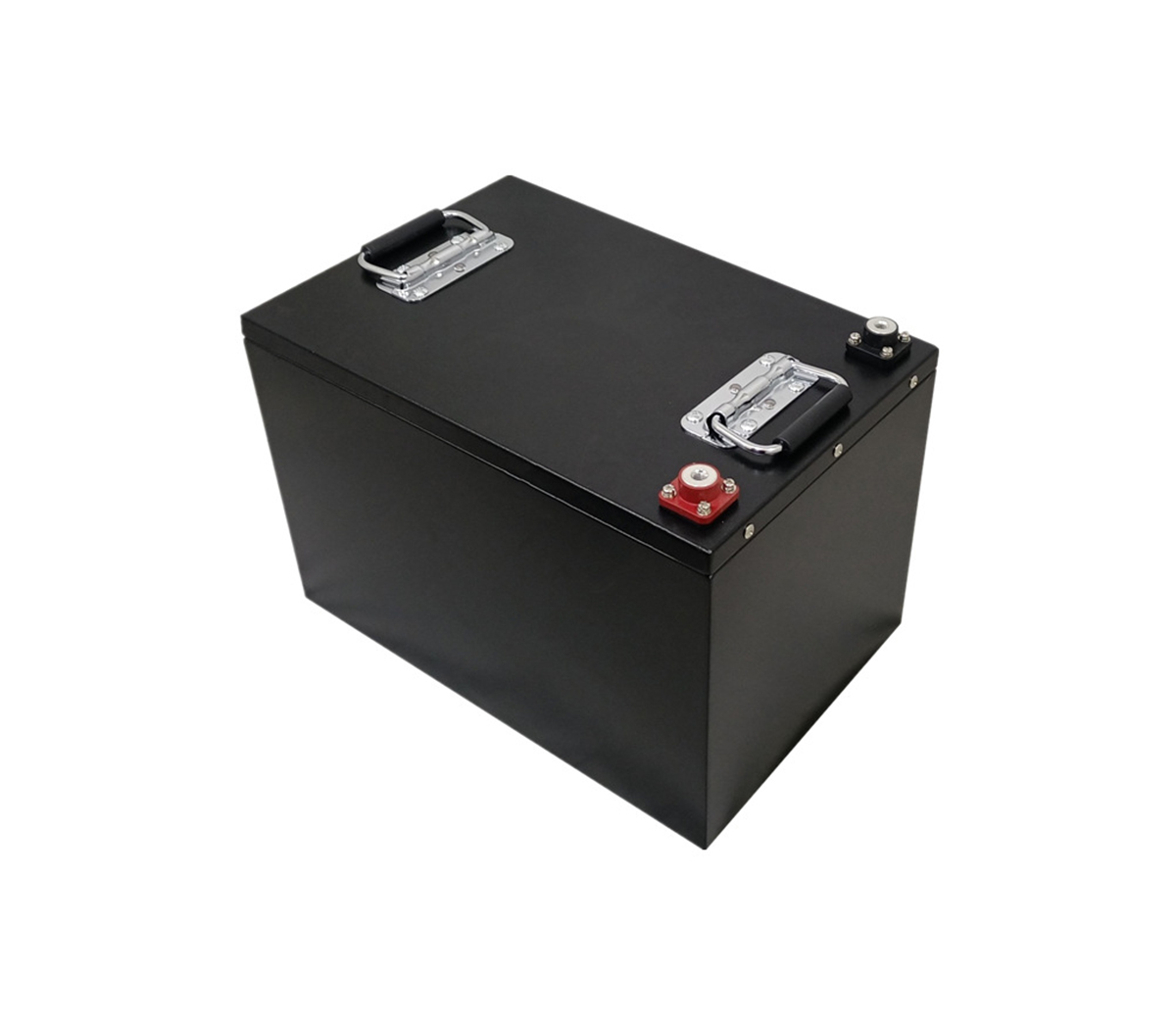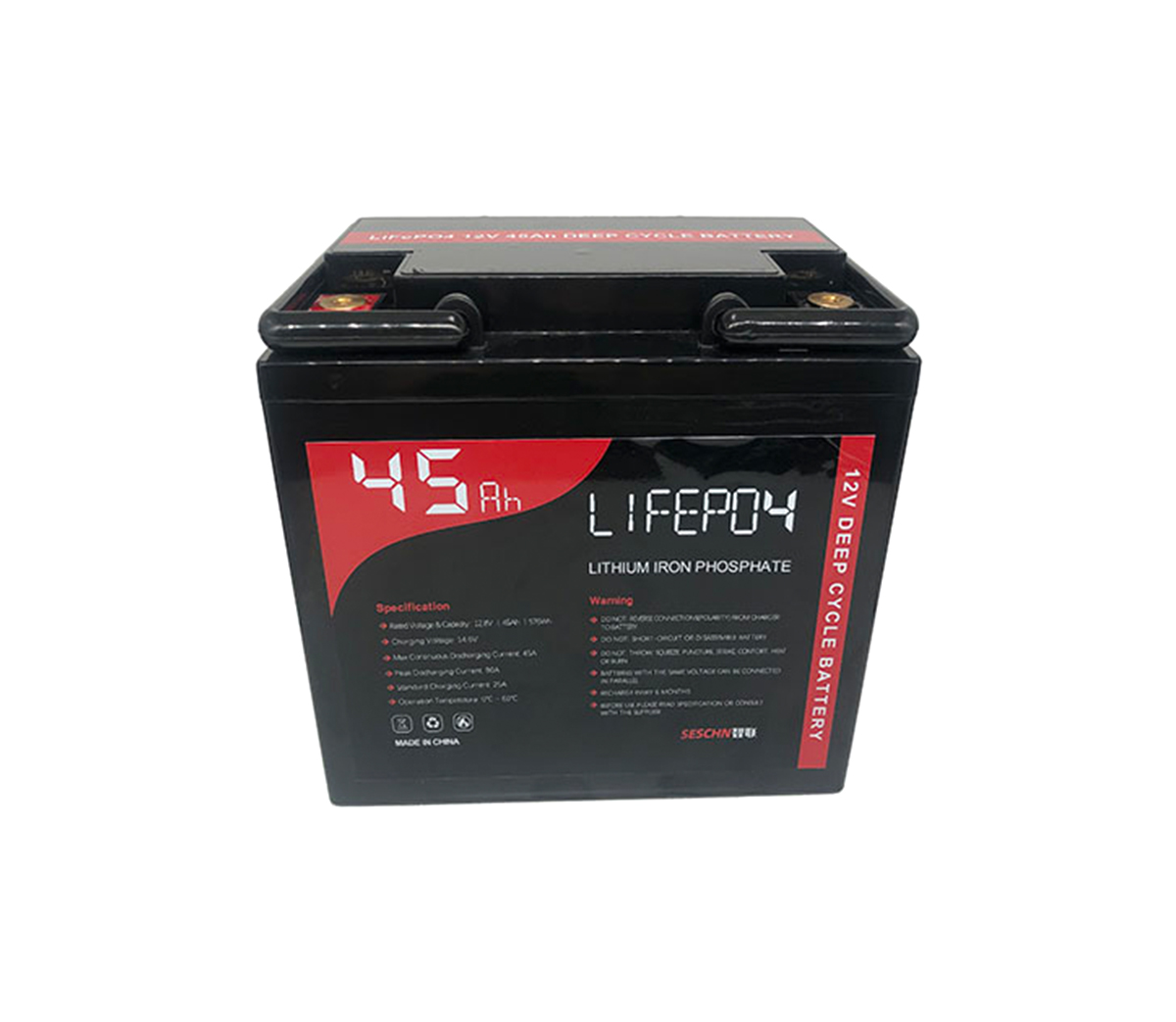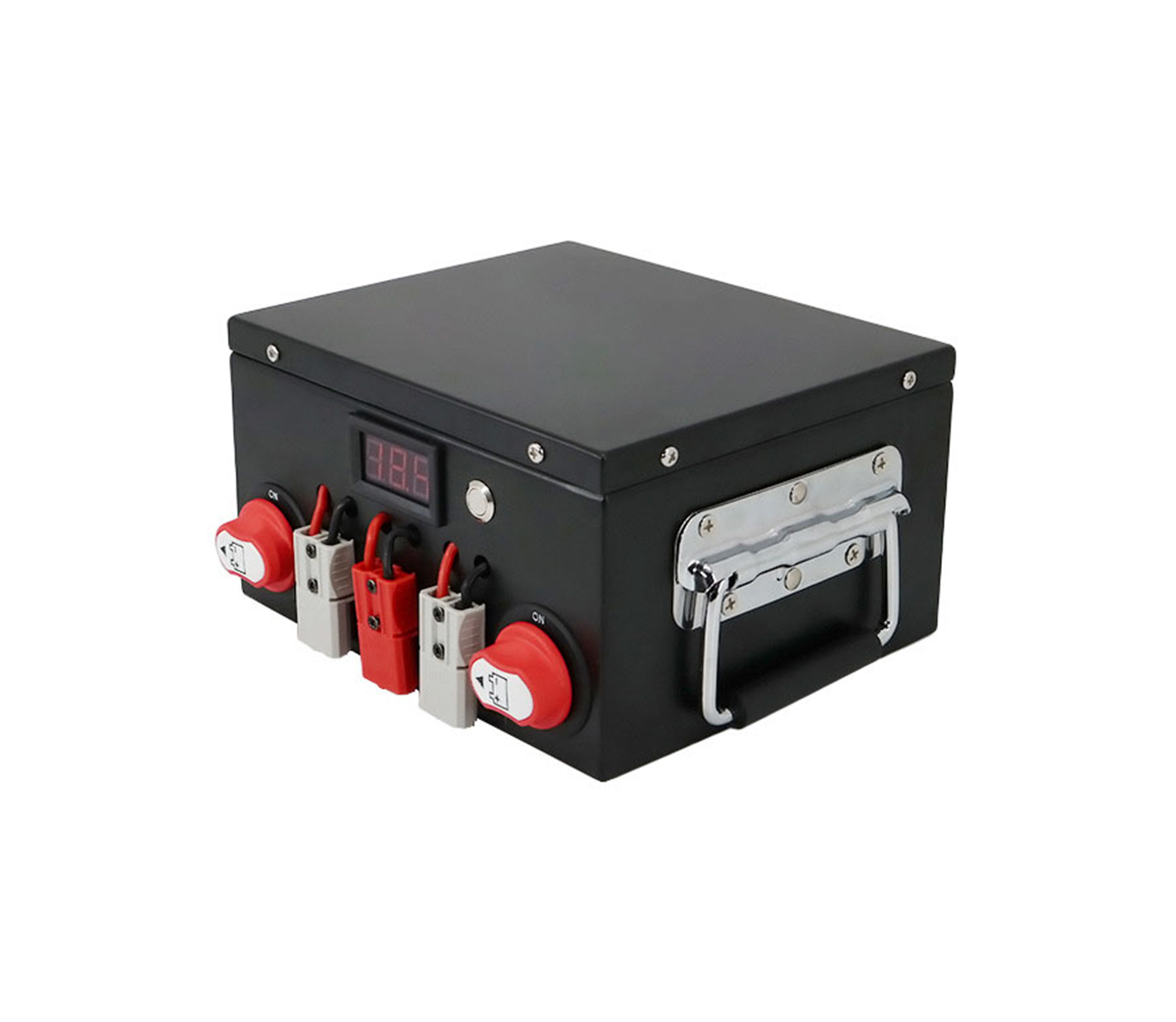Comparison of the advantages and disadvantages of the four major power battery technical routes
In the hydrogen fuel cell industry chain, the upstream is the production, transportation and storage of hydrogen. The hydrogen fuel cell system is filled with hydrogen at the hydrogen refueling station; the middle stream is the production of key components such as electric stacks. The two parts are integrated to form a hydrogen fuel cell system; at the downstream application level, there are mainly three directions: transportation, portable power supply and fixed power supply.
1. Hydrogen fuel cell industry chain
In the hydrogen fuel cell industry chain, the upstream is the production, transportation and storage of hydrogen. The hydrogen fuel cell system is filled with hydrogen at the hydrogen refueling station; the middle stream is the production of key components such as electric stacks. The two parts are integrated to form a hydrogen fuel cell system; at the downstream application level, there are mainly three directions: transportation, portable power supply and fixed power supply.
2. Comparison of advantages and disadvantages of power batteries
At present, there are four main technical routes in terms of power sources for transportation: lithium-ion batteries, hydrogen fuel cells, super capacitors and aluminum-air batteries. Among them, lithium-ion batteries, supercapacitors and hydrogen fuel cells have been widely used, while aluminum-air batteries are still in the laboratory research stage. In terms of energy supply, lithium-ion batteries and supercapacitors are suitable for pure electric vehicles, but require external charging, while hydrogen fuel cell vehicles require external hydrogen refilling, and aluminum-air batteries need to replenish aluminum plates and electrolyte.
Comparison of the advantages and disadvantages of the four technical routes
Hydrogen fuel cell characteristics
(1) Good environmental compatibility
Hydrogen fuel cell provides high-efficiency and clean energy. The water discharged is not only small, but also very clean, so there is no water pollution problem. At the same time, because the fuel cell does not need to convert thermal energy into mechanical energy like an engine, but directly converts chemical energy into electrical energy and thermal energy, the energy conversion efficiency is high and the noise is low.
(2) Good operating performance
Hydrogen fuel cell power generation does not require complicated and large configuration equipment, and the battery stack can be assembled in a modular manner. For example, a 4.5MW power generation device can consist of 460 battery components, and its power plant covers an area much smaller than a thermal power plant. The hydrogen fuel cell is suitable as a decentralized power generation device. In addition, compared with thermal, hydraulic and nuclear power generation, hydrogen fuel cell power plants have a short construction period and are easy to expand. They can be constructed in stages according to actual needs. At the same time, the operating quality of hydrogen fuel cells is high, and the characteristics of responding to rapid changes in load (such as peak load) are excellent, and it can be converted from low power to rated power in a few seconds.
(3) Efficient output performance
The hydrogen fuel cell converts the energy stored in the fuel into electricity and heat when it works, and the efficiency of converting electrical energy is more than 40%, while only 1/3 of the steam turbine can be converted into electricity.
(4) Flexible structure characteristics
The hydrogen fuel cell assembly is very flexible and the power is easy to deploy. Compared with traditional engines, due to the good modularity of hydrogen fuel cells, the output can be easily achieved by increasing or decreasing the number of single cells without increasing infrastructure investment. The adjustment of power and voltage makes it easy to construct, and it is easier to control the power grid. This feature of fuel cell improves system stability.
(5) There are many sources of hydrogen
As a secondary energy source, hydrogen can be obtained in many ways, such as hydrogen production from coal, hydrogen production from natural gas reforming, hydrogen production from water electrolysis, and so on. When fossil energy is exhausted, hydrogen will become the world's main fuel and energy. There is no carbon emission in the process of using solar water electrolysis to produce hydrogen, and hydrogen can be considered as the ultimate energy source.
(6) Bottleneck
Judging from the development at this stage, the popularization of hydrogen fuel cells has encountered certain bottlenecks, such as the high cost of the battery itself and the fact that the infrastructure has not yet been popularized.
Li-ion battery characteristics
(1) Voltage platform
Due to the different positive and negative materials used in lithium-ion batteries, the operating voltage range of the single cells is 3.7~4V. The operating voltage of the larger-scale lithium iron phosphate single-cell battery is 3.2V, which is 3 times that of the nickel-hydrogen battery. , 2 times that of lead-acid batteries.
(2) is greater than energy
The current energy density of lithium-ion power batteries for passenger cars is close to 200Wh/kg, and it is expected to reach 300Wh/kg in 2020.
(3) Short battery life
Due to the restriction of electrochemical material characteristics, no breakthrough has been made in the cycle times of lithium-ion batteries. Taking lithium iron phosphate as an example, the cycle times of single cells can reach more than 2,000 cycles, but only more than 1,000 cycles after grouping. Unable to meet the 8-year deadline for bus operation.
(4) Great impact on the environment
Lithium-ion batteries use light metal lithium. Although they do not contain harmful heavy metals such as mercury and lead, they are considered green batteries and have less environmental pollution. But in fact, because its positive and negative electrode materials and electrolyte contain metals such as nickel and manganese, the United States has classified lithium-ion batteries as a battery that contains flammable, leaching toxicity, corrosiveness, reactivity and other toxic and harmful batteries. It is the battery that contains the most toxic substances among all types of batteries, and because the recycling process is more complicated, the cost is high. Therefore, the current recycling rate is not high, and the discarded batteries have a greater impact on the environment.
(5) The cost is still high
The initial purchase cost of lithium-ion batteries is high. Take the current mainstream product lithium iron phosphate battery for bus use as an example, the price is about 2500 yuan/kWh. With the popularization of electric vehicles, it is expected to be reduced to below 1000 yuan/kWh in 2020 . Due to the limitation of the number of cycles after the single battery is assembled, the bus usually needs to replace the battery in about 3 years, and the operating unit cost pressure is relatively high.
(6) Great impact on the power grid
First, the large-scale application of pure electric vehicles, due to the large charging demand, the harmonic interference of the charging equipment to the power grid will be prominent, which will affect the power supply quality of the power grid; secondly, in the fast charging, the charging power is higher due to the high rate charging. (Passenger cars at 50kW, passenger cars at about 150~250kW), the load impact on the grid is relatively large.
Therefore, based on the current technical level of lithium-ion batteries, the application of electric vehicles is mainly in short-distance pure electric vehicles with a mileage of less than 200km.
Super capacitor characteristics
(1) Very high charge and discharge rate
Supercapacitors have a high power density, can discharge hundreds to thousands of amperes in a short time, the charging speed is fast, and the charging process can be completed in tens of seconds to minutes. Super capacitor buses and trams use this feature to complete charging in a short time and drive the vehicle forward.
(2) Long cycle life
The charge and discharge process of supercapacitors is very small, so theoretically, its cycle life is infinite, and it can reach more than 100,000 times in practice, which is 10 to 100 times higher than that of batteries.
(3) Good low temperature performance
Most of the charge transfer that occurs during the charging and discharging process of supercapacitors is carried out on the surface of the electrode active material, so the capacity decays very little with temperature, and the capacity decay rate of lithium-ion batteries is even as high as 70% at low temperatures.
(4) Energy density is too low
One of the bottlenecks in the application of supercapacitors is that the energy density is too low, only about 1/20 of that of lithium-ion batteries, about 10Wh/kg. Therefore, it cannot be used as the main power supply of electric vehicles, and is mostly used as an auxiliary power supply, mainly used for quick start devices and braking energy recovery devices.
Aluminum-air battery characteristics
(1) Low material cost and high energy density
The negative electrode active material of the aluminum-air battery is rich in metal aluminum, which is cheap and environmentally friendly. The positive electrode active material is oxygen in the air, and the positive electrode capacity can be seen as infinite. Therefore, aluminum-air batteries have the advantages of light weight, small size, and long service life.
(2) No breakthrough has been made in key technologies, and the laboratory has not yet been out of the laboratory
Air electrode polarization and aluminum hydroxide sedimentation are important obstacles affecting the marketization of metal-air batteries, and the improvement of aluminum-air batteries has encountered a big bottleneck. It is still in the laboratory stage, and there is still a long way to go before commercialization.


































